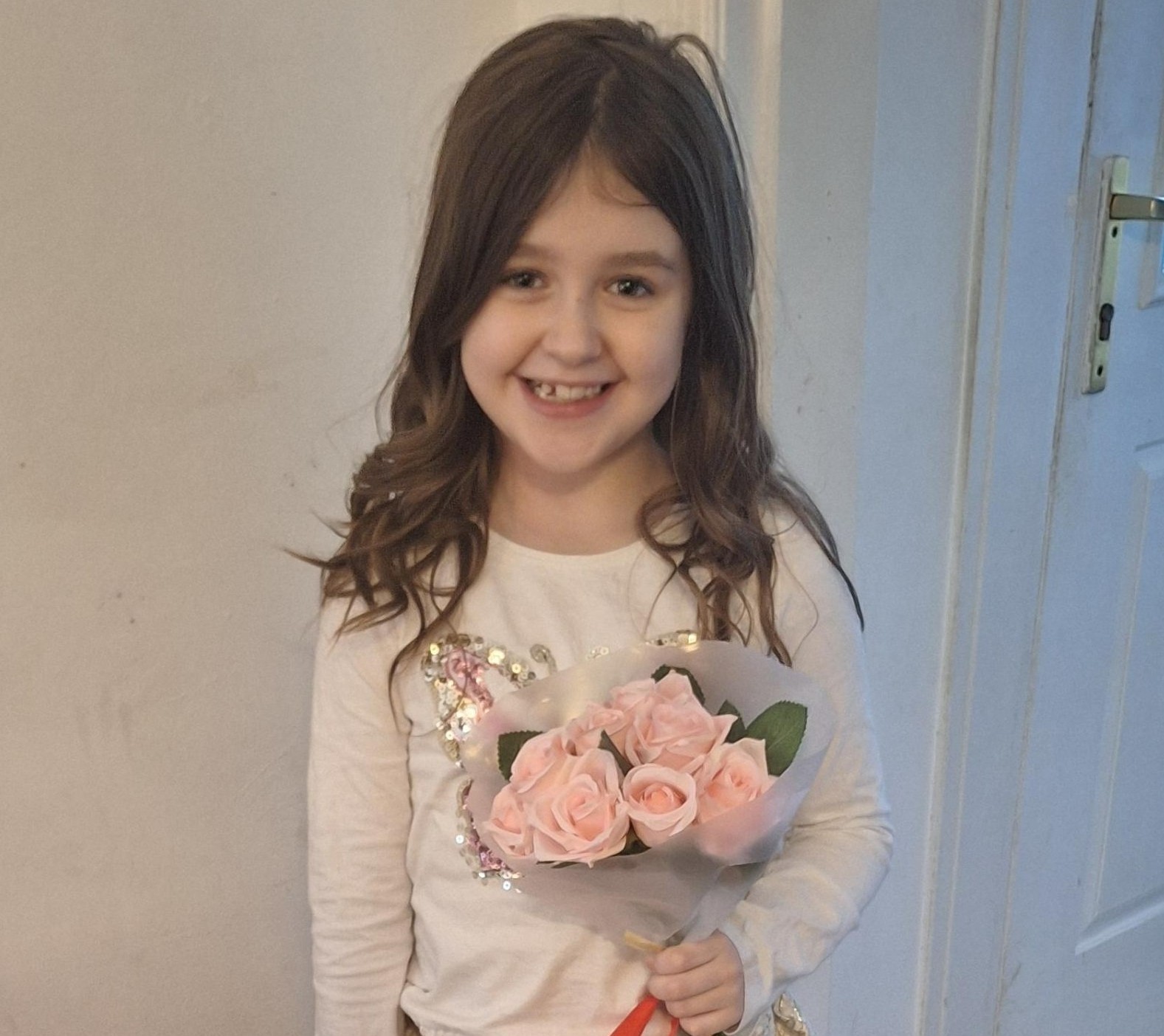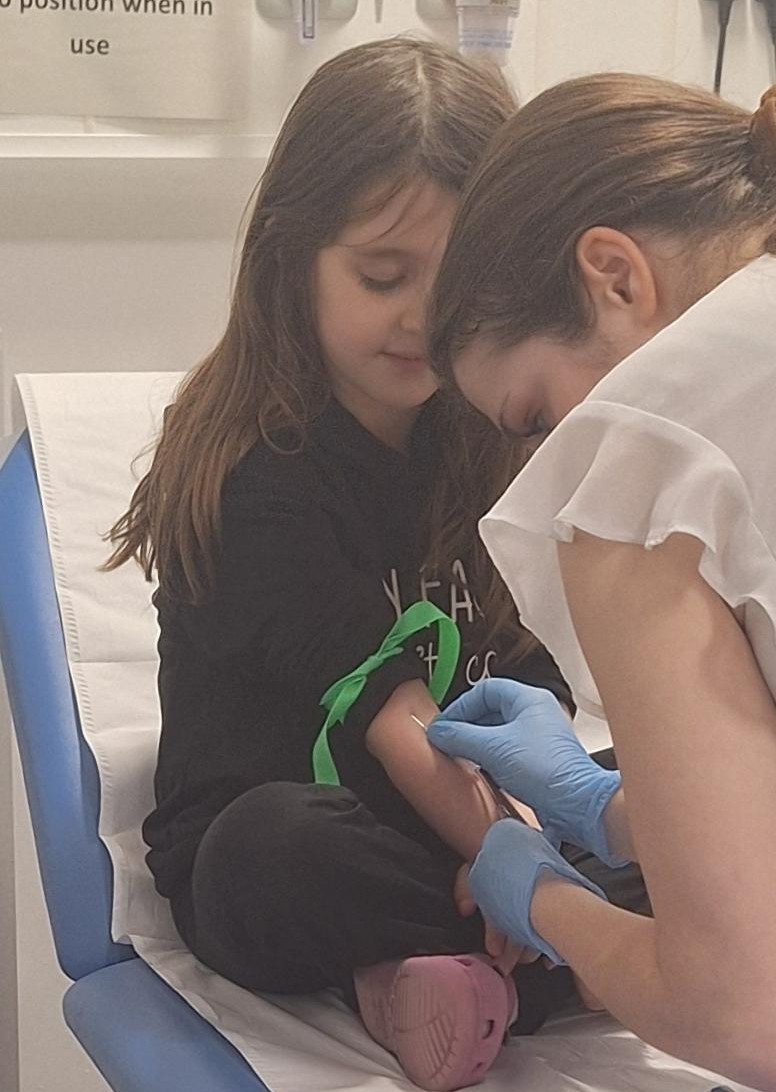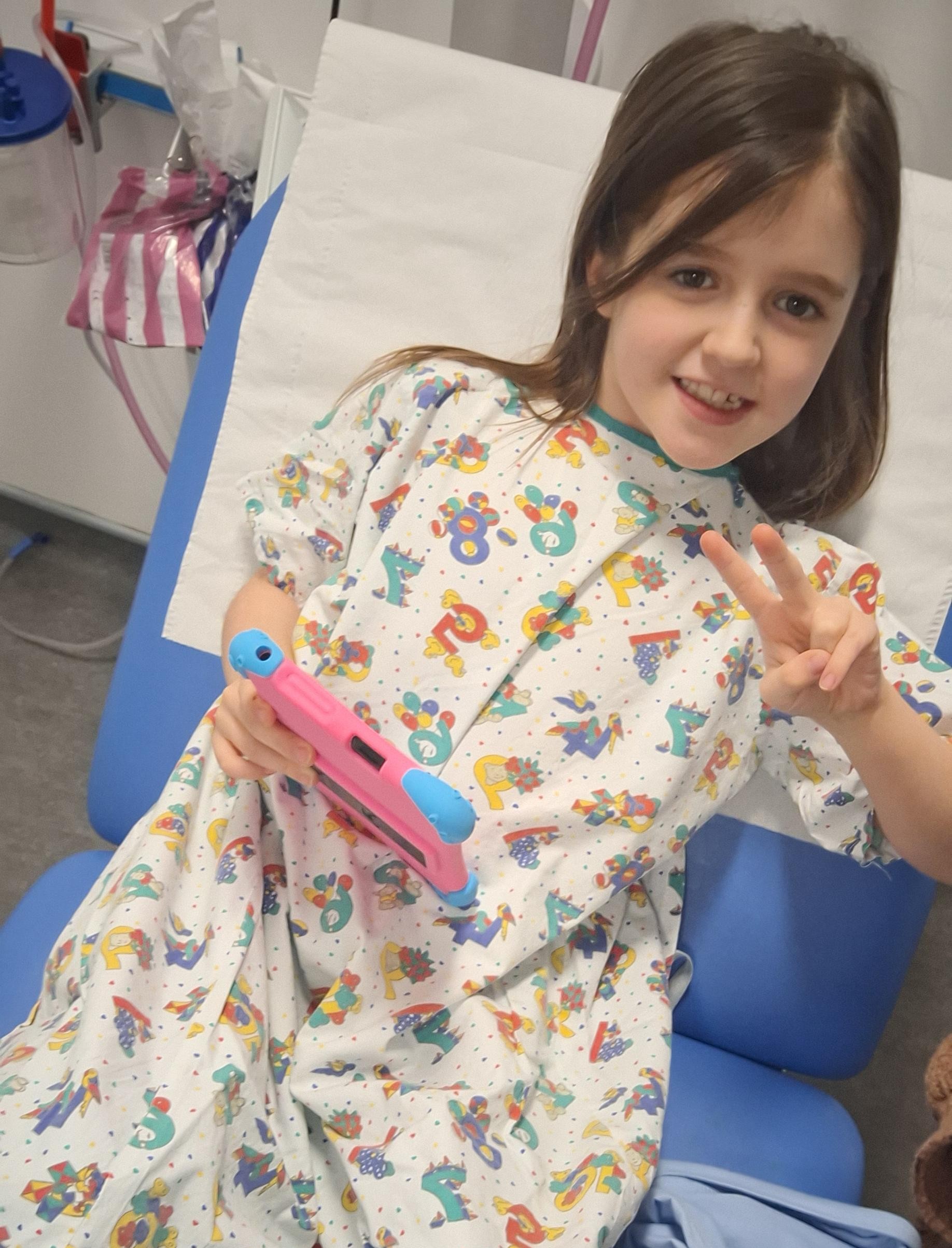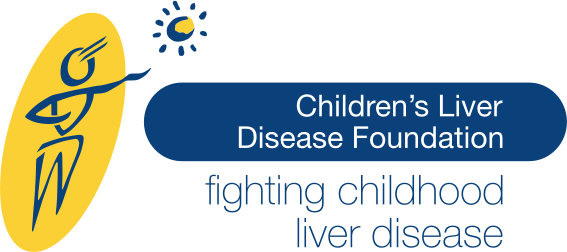
Ashley’s daughter, Emily, who is now seven, has always been a playful energetic little girl who loves dancing but last summer, Ashley noticed some unusual symptoms.
“Emily started to have frequent nosebleeds,” says Ashley. “I took her to the GP who prescribed a nasal cream which did make them less frequent. But there were other symptoms too. She complained of her legs being sore and itchy, but this was put down to growing pains and allergies.”
By November of last year, Ashley knew there was something wrong with Emily:
“She was not herself at all. She was too tired to play or interact with her peers and her urine was dark. She became very anaemic which made me push the GP for blood tests,” explains Ashley.

“However, while we were awaiting the blood test results, Emily got a rash on her legs which did not disappear when I did the glass test. Given all her other symptoms, that was enough to make me take her to A& E where they did further blood tests. It turned out that the rash was due to her scratching herself because of the severe itch.”
Emily’s anaemia was so severe that her iron levels were 50% less than 18 months previously, and doctors ordered further tests. “I felt that there must be an underlying cause, but I suspected it was her kidneys,” says Ashley. “She had been a premature baby and had had a few suspected UTIs. However, the scans revealed that it was her liver and spleen that were enlarged. That’s when the investigation began as to what was causing the inflammation.”
Over the next six weeks, Emily underwent numerous tests including a liver biopsy and was given an iron infusion which sorted out the anaemia. And in January this year she was diagnosed with auto-immune liver disease.

“Although it was a relief to finally know what was wrong with Emily, the initial side effects of the steroid treatment were horrible,” says Ashley. “She became very irritable and extremely emotional with mood swings. She is always hungry and has gained some weight with her face shape totally changing. She also has difficulty sleeping at night.
“Having said all that, she has responded well to the treatment with her ALT levels down from over 1300 to 100 so I remain hopeful that things will settle down.”
Once Emily had received a diagnosis, Ashley was keen to find out more: “I know we’re always told not to Google, but I was very careful, only researching either an NHS site or registered charity, as some of the stuff on Google would scare the life out you,” she says.
“But what I found on the Children’s Liver Disease Foundation website helped me understand more about this chronic illness. The information packs I’ve now been sent have been amazing for school, grandparents, even for her siblings. It’s much easier to explain what’s going on when you have a pack with all the facts available, rather than constantly trying to remember and relay what’s going on. And then once everyone has the correct information about her condition, it’s much easier to explain about her treatments.

“Fundraising for the charity and raising awareness of liver disease in children has now become really important to me. I would say to any parent that if your child displays symptoms that you know are not right then get it checked over. You can’t be too cautious.
“No parent wants to see their child suffer but there is nothing I can do as a mum to cure this illness or change it. However, if I can help this charity to help others the way they helped me, then I know I’m doing something positive!”

